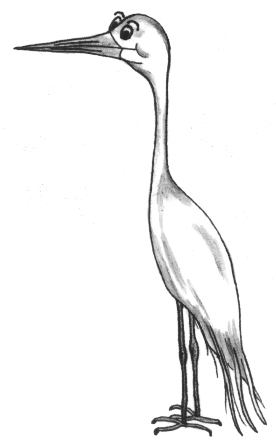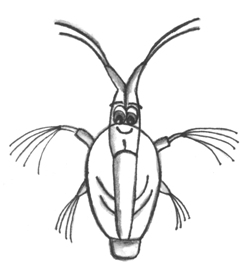What tools are used to measure liquids, solids, and temperature in science?
How is the metric system used with liquids, solids, and temperature?
How are accurate measurements made?
Follow this procedure
1. Use the measuring cup to
measure 200 mL of water. Pour the water
into a large container.
2. Measure 10 mL of
dishwashing soap.
3. Stir the soap into the
water in the large container.
4. Each person pours 25 mL
of the liquid into a small container.
5. Use the straw to blow air
into the liquid in the small container. Observe the bubbles with and without a
hand lens. Record your observations.
Think about this experiment.
1. Compare your bubble observations with and
without the hand lens. How did the hand
lens change your observations of the bubbles?
2. Explain at least one
thing a scientist needs to know about measuring in the lab.



